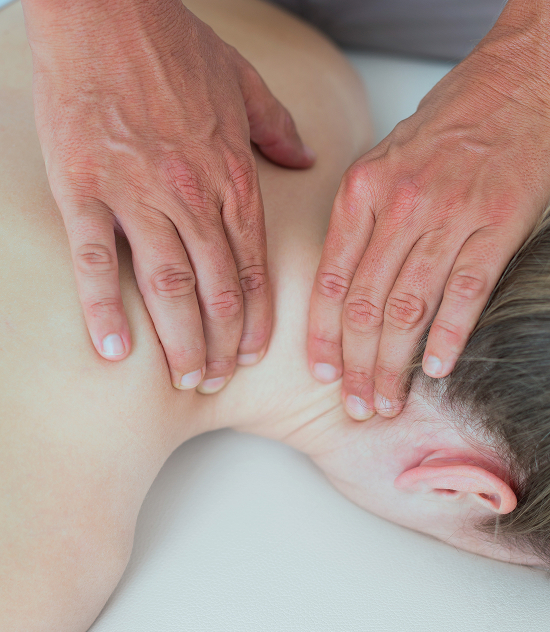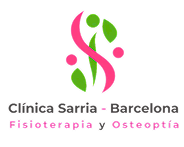
Physiotherapy is a fundamental discipline in functional rehabilitation.Thermal techniques It uses physical means such as heat, cold, water or electricity to treat musculoskeletal, neurological and respiratory ailments. Based on scientific evidence, at Clínica Sarria it is part of the global treatment within kinesiotherapy.
Treatment of low back pain, cervical pain, tendinitis, sprains, sciatica and other joint or muscle ailments.
Improvement in cases of gastroesophageal reflux, functional constipation and abdominal distension.
Addressing symptoms related to stress, anxiety, insomnia or chronic fatigue.
Support in chronic sinusitis, recurrent otitis and other ear, nose and throat disorders.
Liberation of emotional memories anchored in the body, favoring a deeper well-being.
Ideal method for children, elderly people, pregnant women or people with high body sensitivity.

Physiotherapy is a fundamental discipline in functional rehabilitation.Thermal techniques It uses physical means such as heat, cold, water or electricity to treat musculoskeletal, neurological and respiratory ailments. Based on scientific evidence, at Clínica Sarria it is part of the global treatment within kinesiotherapy.
Treatment of low back pain, cervical pain, tendinitis, sprains, sciatica and other joint or muscle ailments.
Improvement in cases of gastroesophageal reflux, functional constipation and abdominal distension.
Addressing symptoms related to stress, anxiety, insomnia or chronic fatigue.
Support in chronic sinusitis, recurrent otitis and other ear, nose and throat disorders.
Liberation of emotional memories anchored in the body, favoring a deeper well-being.
Ideal method for children, elderly people, pregnant women or people with high body sensitivity.
The Poyet-Pialoux Method uses specific techniques that prioritize body listening and subtle stimulation. Among the main ones are:
No, the whole process is extremely gentle and respectful. Generally, patients describe it as relaxing.
It depends on the problem, but in mild cases 2 to 4 sessions are usually sufficient. More complex situations may require a longer follow-up.
The Poyet-Pialoux method is a specific approach to osteopathy developed by Maurice-Raymond Poyet in the 20th century and enriched by practitioners such as Marc Pialoux and Lola Toro. It is based on the principle that the human body functions as a harmonious whole, where all parts are interconnected.
The role of the osteopath in this practice is to “listen” to the micro-movements of the tissues and body structures, identifying possible imbalances. These imbalances generate dysfunctional information that can be detected and corrected at a distance by means of much lighter stimuli than in other osteopathic methods. Unlike mechanical approaches, this method focuses on an integrative view of the body and mind.
If you are looking for a therapy that respects your body, focused on gentle and precise corrections, the Poyet-Pialoux method is an excellent choice. It combines efficacy and sensitivity, providing a unique holistic experience.
Yes, the Poyet-Pialoux method perfectly complements other therapies such as acupuncture, naturopathy or conventional medical treatments.
It is recommended to use professionals specifically trained in this technique and verified by recognized osteopathic associations.
A typical session includes the following stages:
This method prioritizes simplicity, respecting the limits and rhythm of each patient.
8:30-20h
Contact

© 2025 – Clínica Sarrià Barcelona | Política de Privacidad | Términos y Condiciones | Política de Cookies | Accesibilidad | Website created by Wabi